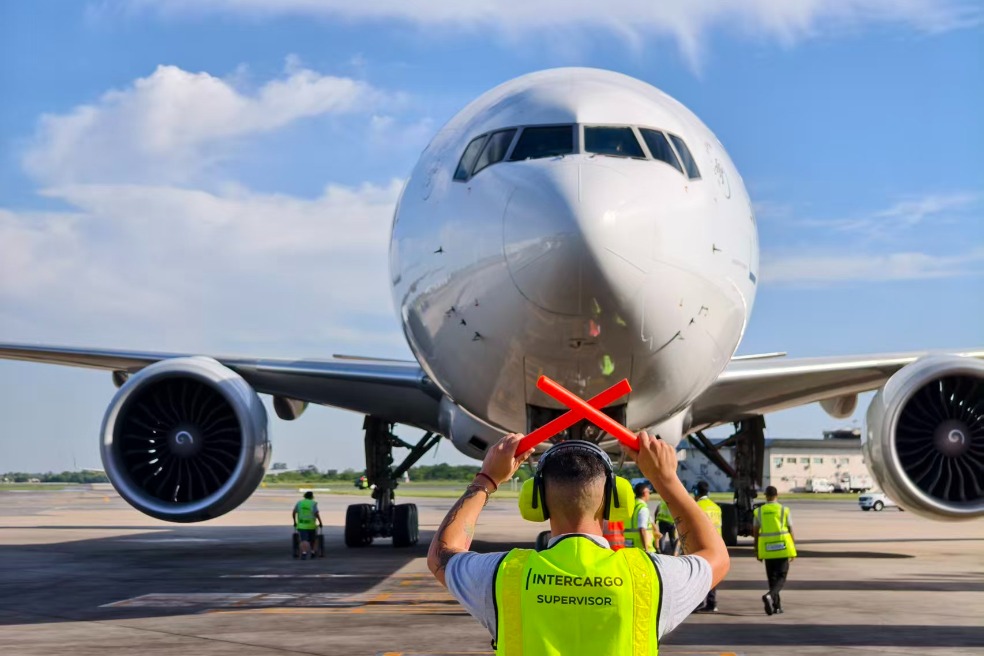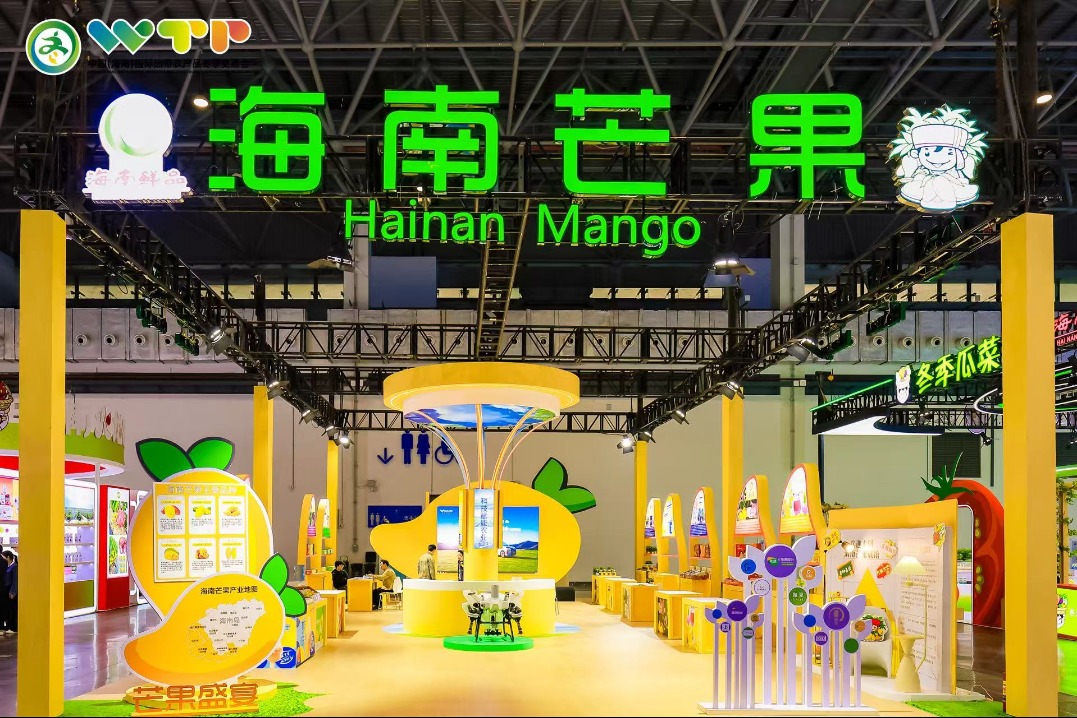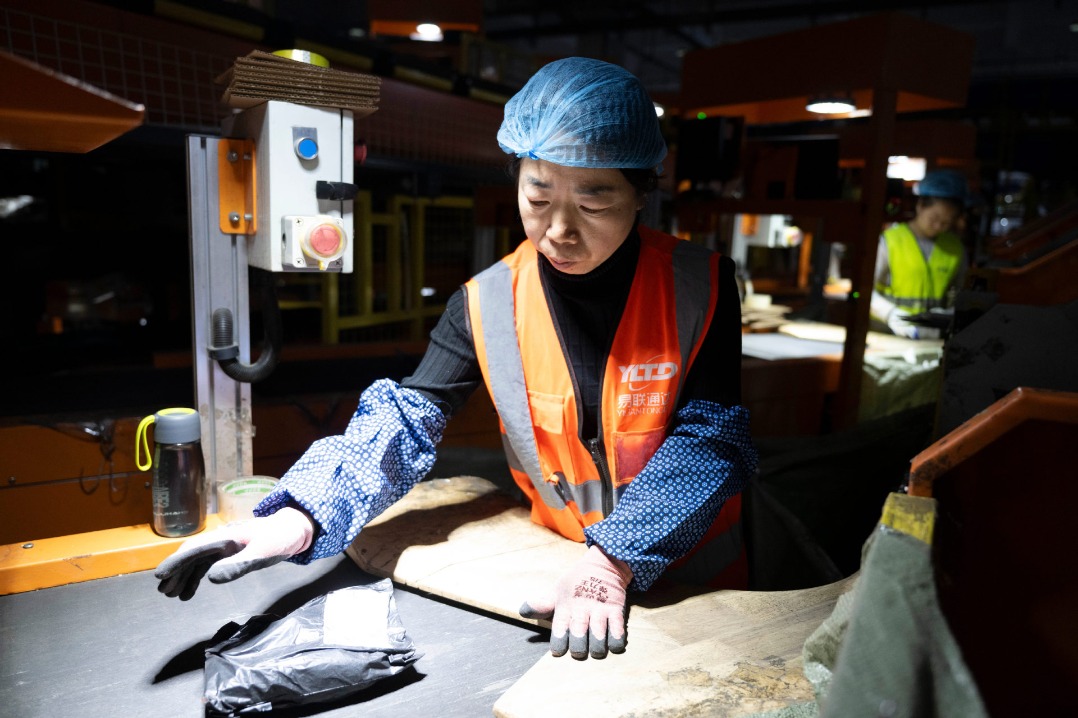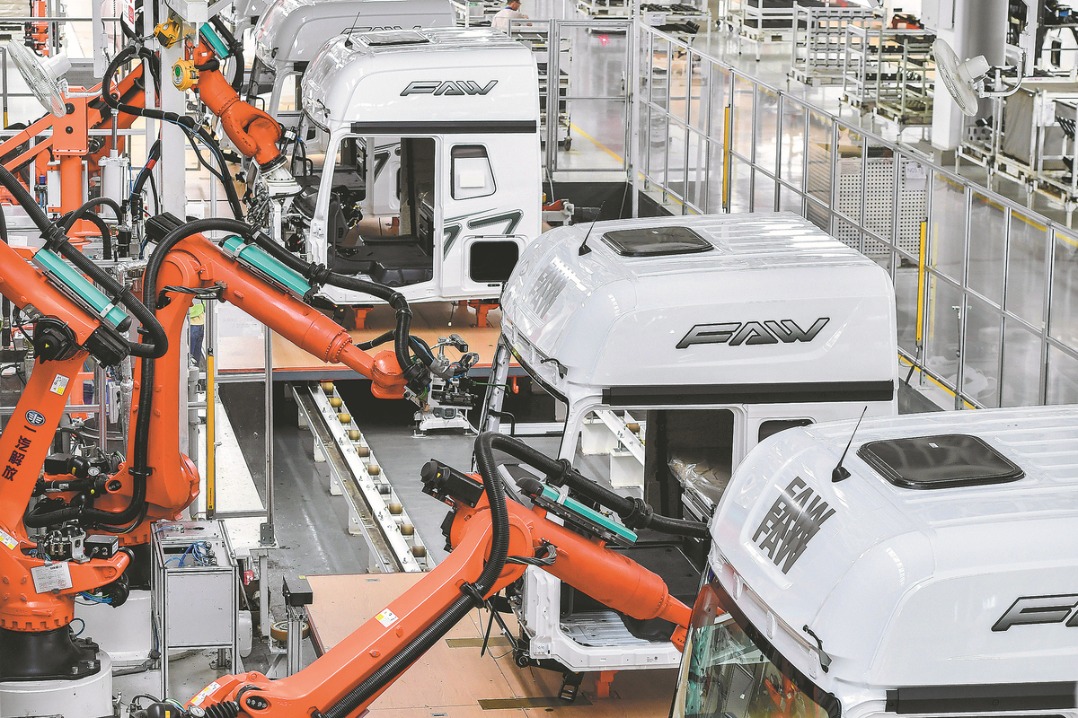Trees turn oilfield city into modern oasis


Greening project
If the city exists because of oil, it has flourished because of water.
Surrounded by desert, the city is subject to hot, dry weather, and it previously suffered from a shortage of water and scant vegetation.
Tan Zhijun, deputy head of the city's department of housing and urban-rural development, said, "Children here start learning about environmental protection at an early age because we want them to know the hardships early generations endured in planting trees and the importance of protecting the environment."
In 1965, the city planted its first trees, three rows of elms in the city center irrigated with sewage water.
"The whole city stank, but we couldn't spare more water for trees as each person only got 3 cu m of water a month," Tan said.
Everyone knows the importance of trees to the city. A vice-mayor's approval is required before relocating more than three trees, Tan said, and the city forbids any replanting of trees from May to October.
"It is harder to plant a tree in Karamay than raise a baby," he said.
Matters took a turn for the better in 2000 with the completion of a water transport project that brings in 400 million cu m of water every year. The water has completely changed the once-arid no man's land and turned it into a modern oasis.
In 2001, the city started a massive tree planting program and built a windbreak between the city and the Junggar Basin, one of the largest and most petroleum-rich basins in China, and home to the country's second-largest desert, the Gurbantunggut.
Karamay initiated a new greening project in 2012, with 277,400 people participating in tree planting.
The city invested 12.7 billion yuan from 2012 to 2016 in environmental protection, and more than 4,900 hectares of trees have been planted in the past six years.
By the end of last year, trees and grass covered 43 percent of the city, with the per capita green space reaching 11.6 square meters, up from 2 sq m in 1999.
In 2016, more than 90 percent of days were of first-or second-grade air quality, and living standards have also improved. Per capita living space reached 40 sq m in 2016, up from 28 sq m in 2012.




































